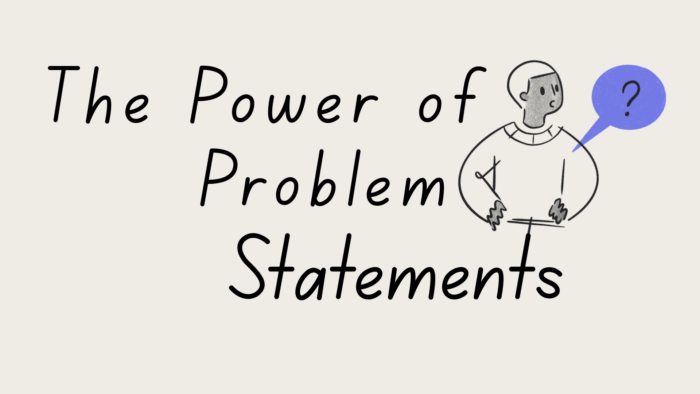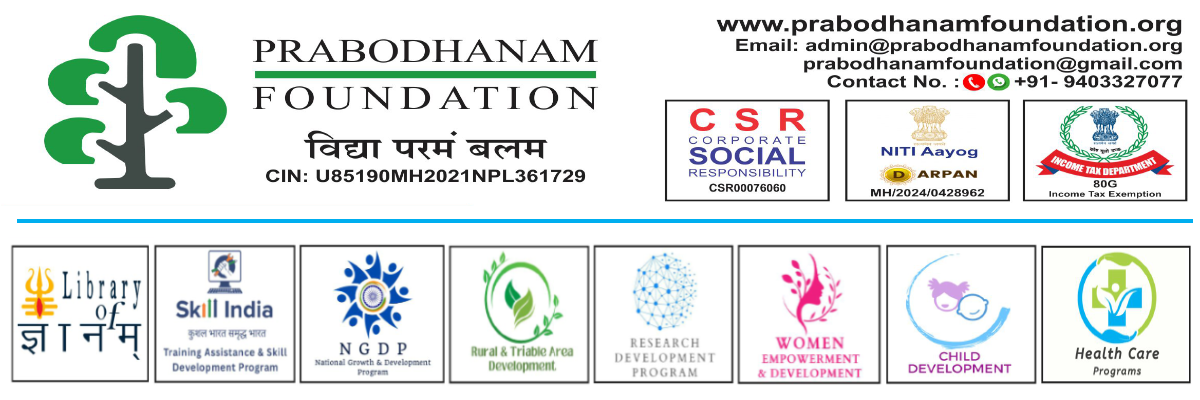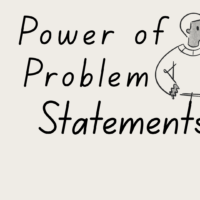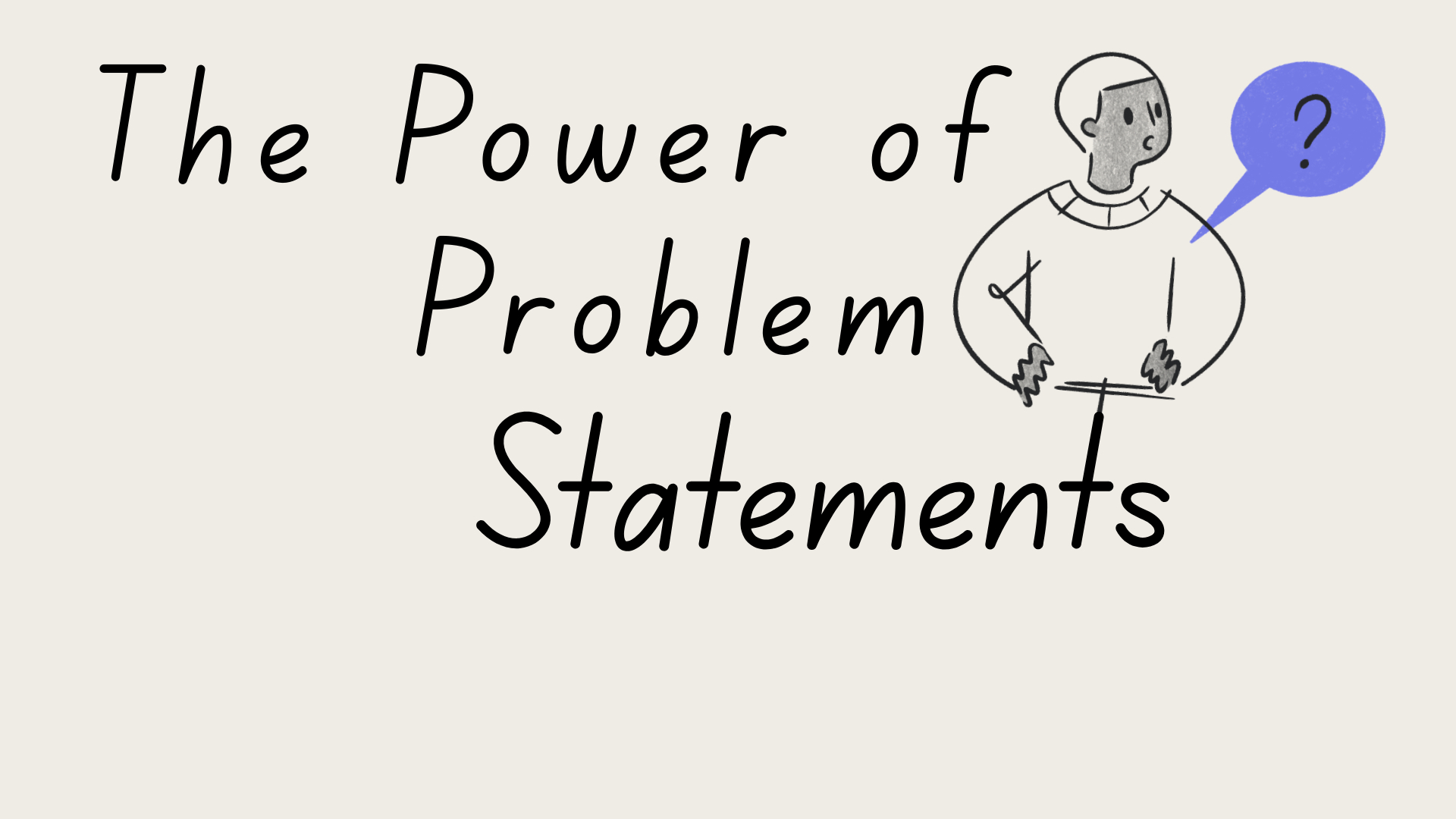Inviting Problem Statements from Students: A Catalyst for Innovative Solutions

In today’s fast-paced world, innovation and problem-solving are crucial for addressing complex challenges. One effective way to foster innovation is by inviting problem statements from students in various conferences and events. This approach not only encourages students to think critically about real-world problems but also provides a platform for them to showcase their ideas and solutions.

A well-crafted problem statement is the foundation of any successful research or innovation project. It defines the problem, identifies the key challenges, and sets the stage for developing effective solutions. By inviting problem statements from students, we can tap into their creativity, curiosity, and passion for solving real-world problems. Defining problems with deep research enables students to develop a profound understanding of the issue, fostering a problem-solving approach that is both comprehensive and nuanced. By delving into the root causes, complexities, and implications of a problem, students can craft targeted solutions that address the core issues, rather than just symptoms. This approach not only enhances their critical thinking and analytical skills but also equips them with the ability to tackle complex challenges in a structured and effective manner. Through deep research, students learn to identify patterns, evaluate evidence, and synthesize information, ultimately developing a robust problem-solving framework that serves them well in both academic and real-world contexts.
Benefits of Student-Led Problem Statements

-
-
-
-
- Fresh Perspectives: Students bring unique perspectives and ideas to the table, which can lead to innovative solutions.
- Real-World Relevance: Student-led problem statements often focus on real-world issues that affect their communities, making the solutions more relevant and impactful.
- Development of Critical Thinking: Crafting a problem statement requires critical thinking, analysis, and problem-definition skills, which are essential for students’ academic and professional growth.
- Collaboration and Networking: Inviting problem statements from students can facilitate collaboration between students, researchers, and industry experts, leading to valuable networking opportunities.
-
-
-
How to Invite Problem Statements from Students

-
-
-
-
- Conferences and Workshops: Host conferences, workshops, or hackathons that focus on specific themes or challenges, and invite students to submit their problem statements.
- Online Platforms: Create online platforms or forums where students can submit their problem statements and engage with peers and experts.
- Collaborations with Educational Institutions: Partner with educational institutions to encourage students to develop problem statements as part of their coursework or research projects.
-
-
-
Perfect Problem Statement Research: Generates Perfect Solutions

When students are invited to submit problem statements, it can lead to perfect problem statement research, which in turn generates perfect solutions. Here’s how:

- Clear Problem Definition: A well-crafted problem statement clearly defines the problem, its scope, and its impact.
- Focused Research: A perfect problem statement guides the research process, ensuring that the investigation stays focused on the key issues.
- Effective Solutions: By understanding the problem thoroughly, researchers can develop targeted solutions that address the root causes of the issue.
Suggestion
 By providing our members with a comprehensive suite of open-access platforms, including journal servers, conference servers, preprint servers, monograph servers, poster presentation servers, and patent presentation servers, we empower them to showcase their valuable contributions and engage with a global community. We suggest that our members organize events on problem statement invitation and publication, thereby fostering a culture of collaboration, innovation, and knowledge-sharing. Our platforms serve as a catalyst for innovation, inviting problem statements that unlock the minds of students and researchers alike. Through these initiatives, we foster a culture of collaboration and knowledge-sharing, enabling our members to tap into the collective genius of our community. By doing so, we unlock the potential of the next generation of leaders, thinkers, and problem-solvers, and provide them with a platform to make a meaningful impact on the world.
By providing our members with a comprehensive suite of open-access platforms, including journal servers, conference servers, preprint servers, monograph servers, poster presentation servers, and patent presentation servers, we empower them to showcase their valuable contributions and engage with a global community. We suggest that our members organize events on problem statement invitation and publication, thereby fostering a culture of collaboration, innovation, and knowledge-sharing. Our platforms serve as a catalyst for innovation, inviting problem statements that unlock the minds of students and researchers alike. Through these initiatives, we foster a culture of collaboration and knowledge-sharing, enabling our members to tap into the collective genius of our community. By doing so, we unlock the potential of the next generation of leaders, thinkers, and problem-solvers, and provide them with a platform to make a meaningful impact on the world.
Conclusion
Inviting problem statements from students in different conferences and events is a powerful way to foster innovation, creativity, and critical thinking. By tapping into the potential of students, we can generate perfect problem statements that lead to effective research and solutions. This approach not only benefits students but also contributes to addressing real-world challenges and creating a better future.











